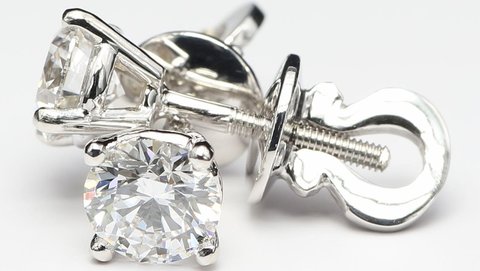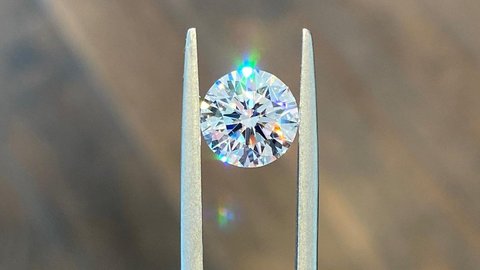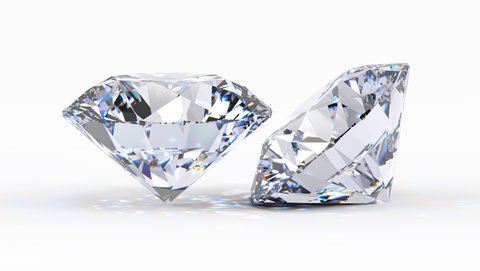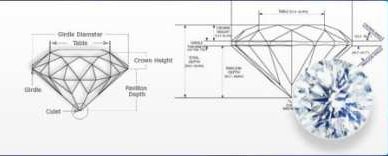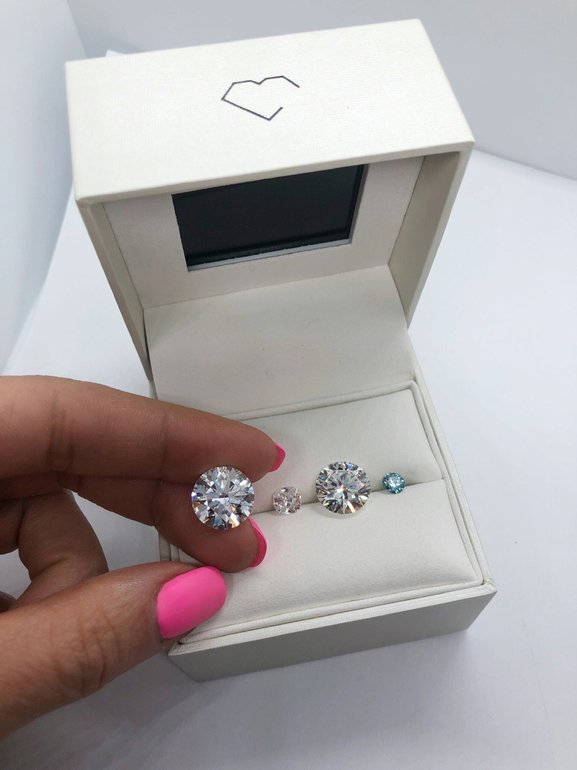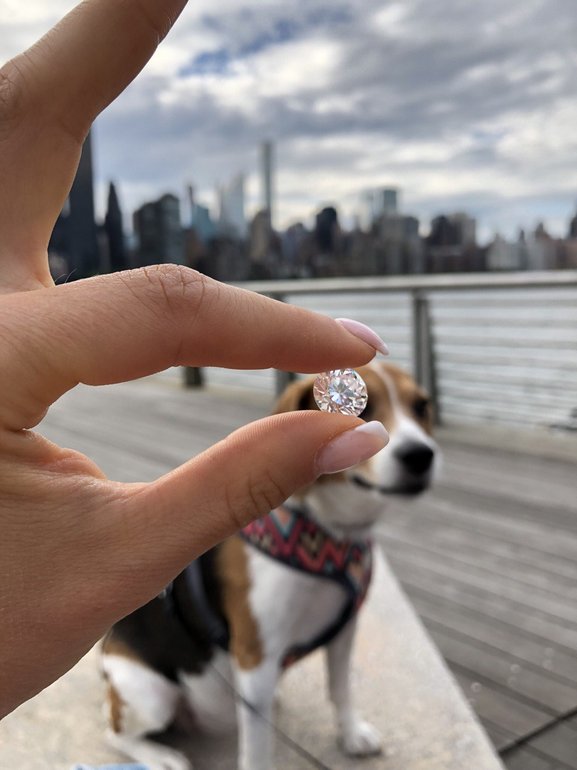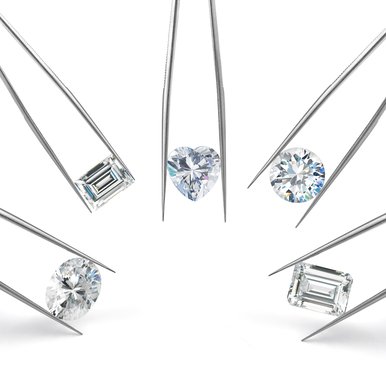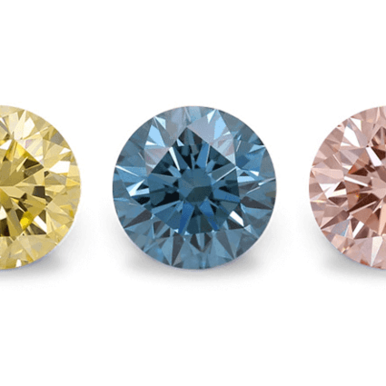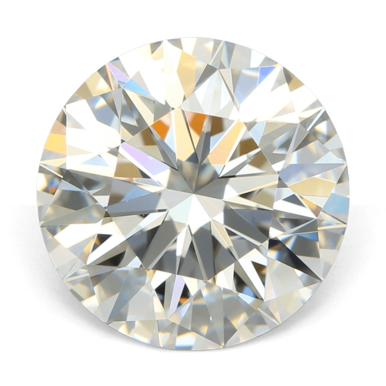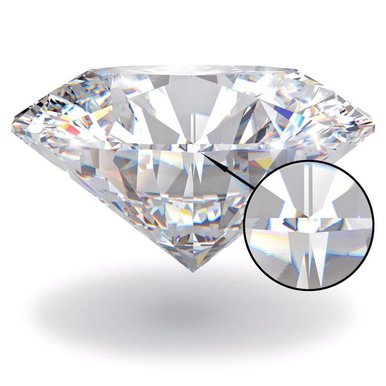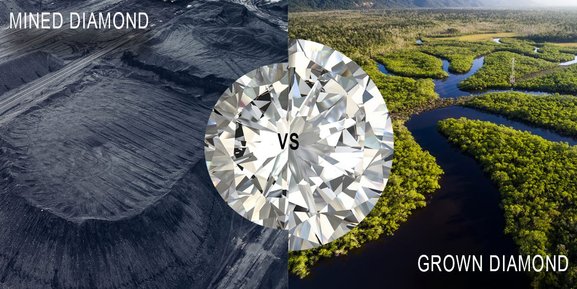
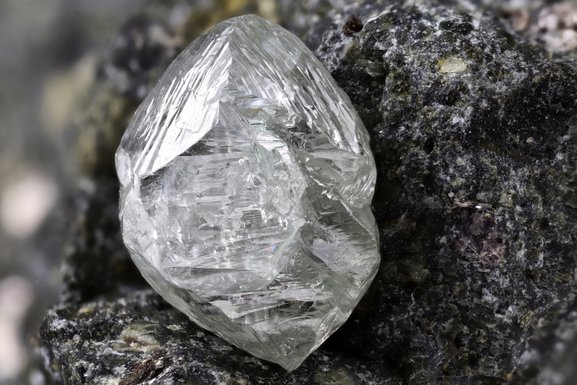
Lab-Grown vs Mined Diamonds
Superiority of Lab-grown vs. Mined
As it was already pointed out, lab-grown and mined diamonds generally have the same chemical makeup and physical properties. Both of them are made of carbon and can contain nitrogen or other trace elements, both of them may have plastic deformations introduced during the crystal growth.
Since diamonds form in a chaotic manner under the Earth’s crust, the bonds between carbon atoms in their crystal structure may be imperfect*. The most common structural defect is called “dislocation” - when bonds between atoms break, resulting in a decreased durability and worse light performance.
Another issue that affects both durability and light performance of mined diamonds is significant nitrogen content. Having atoms other than carbon results in heterogeneous crystal structure - which makes a diamond less stable and clear.
On the contrary, lab-grown diamonds are formed under controlled conditions and therefore have overall better quality: homogenous crystal structure and zero nitrogen content are quite common.
All of the above proves that lab-grown diamonds (especially HPHT-grown) are superior. They’re more durable and sparkly which objectively makes them a better diamond from a scientific standpoint.
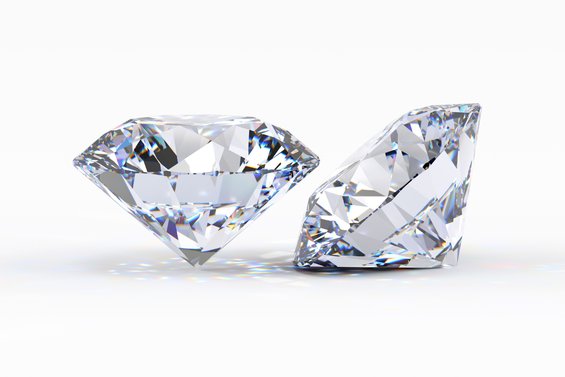
What is the difference?
Diamond – the material, not the gem – is a mineral consisting of “essentially pure carbon crystalized in the isometric cubic system”.
Mined diamonds are found deep within the earth. They were created around from 1 to 3 billion years ago by a specific combination of high heat and intense pressure.
Laboratory-growndiamonds are grown from high-purity carbon under high pressures and temperatures or from carbon-containing gas by chemical vapor deposition (CVD).
Physically, chemically and optically they’re both crystalized carbon.
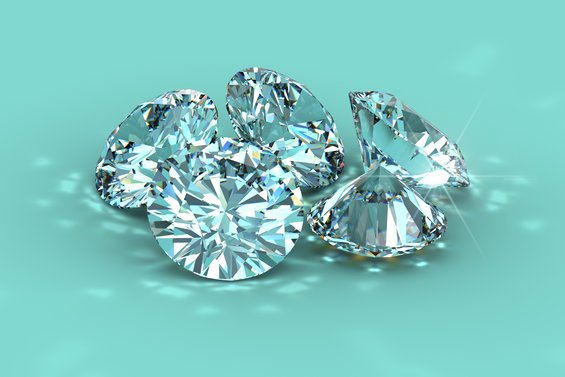
Mined and lab-grown diamonds appear to be identical. The actual origin is what differentiates them.
Man-made or lab-grown diamondswere first produced in a laboratory in the 1950s. While gem-quality diamonds were produced in a laboratory for the first time in 1971, it was not until the mid-2010s that colorless laboratory-grown diamonds entered the gem and jewelry market in commercial quantities.
Even though the origin of a laboratory-grown diamond is different when it comes to the origin of a mined diamond, the structure still remains the same. Therefore, since physical and chemical properties are the same, all scientists count them as a diamond (origin differences can be detected using special equipment only).
Not only do man-made diamonds offer the same clarity and quality as mined ones, but they’re created in a way that’s more sustainable, more eco-friendly and better in the long-term for the environment.
And as man-created diamond was grown under controlled conditions, it appears to be higher in clarity and color.






